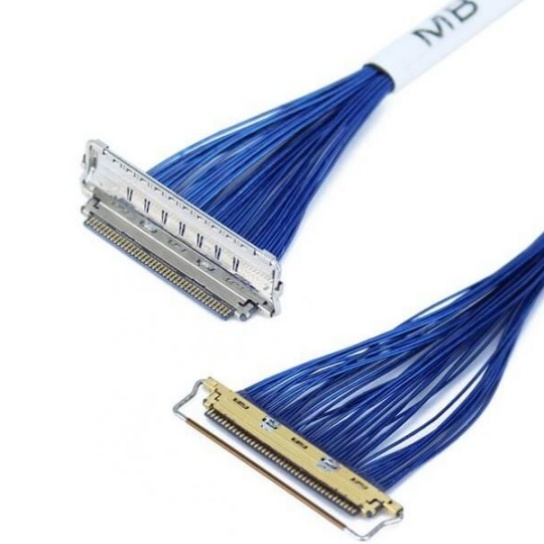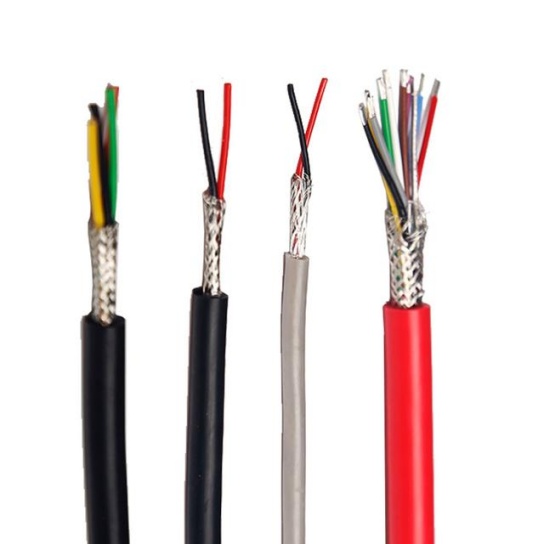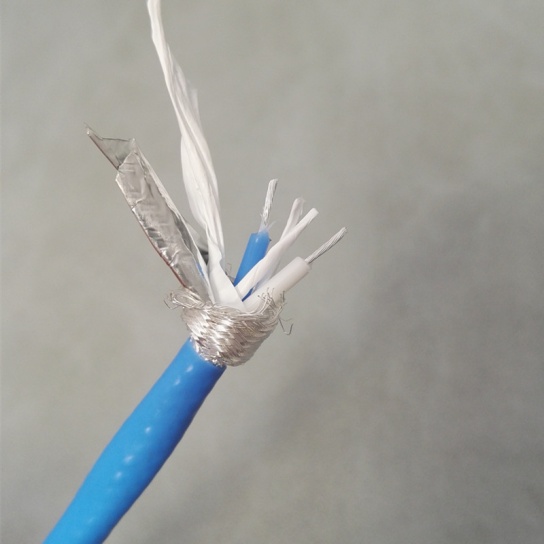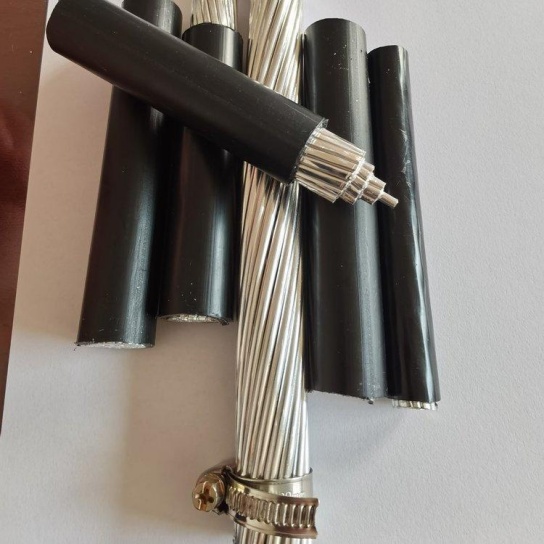Aircraft Cable Assemblies: Meeting the Challenges of Supersonic Flight
Supersonic flight—defined as speeds exceeding Mach 1 (1,225 km/h)—pushes aircraft systems to their physical limits. Among these critical systems, aircraft cable assemblies serve as the “nervous system,” transmitting power, data, and control signals to avionics, engines, and flight control components. Unlike subsonic aircraft, supersonic platforms face extreme environmental stressors that demand specialized cable designs. Below is a breakdown of the key challenges and how modern cable assemblies overcome them, along with critical performance requirements.
1. The Unique Challenges of Supersonic Flight for Cable Assemblies
Supersonic flight generates three primary stressors that threaten cable assembly reliability:
a. Extreme Thermal Cycling
As a supersonic aircraft travels through the atmosphere, aerodynamic friction heats its exterior to 300–400°C at Mach 2 (e.g., the Concorde) and up to 500°C at Mach 3. Meanwhile, high-altitude cruising (15–20 km) exposes components to sub-zero temperatures (-55°C to -65°C) during climbs or descents. Traditional PVC or polyethylene insulators degrade rapidly under such cycling—cracking, melting, or losing dielectric strength—disrupting signal transmission.
b. Intense Vibration and Mechanical Fatigue
Supersonic engines (e.g., afterburning turbofans) produce 高频 vibrations (200–5,000 Hz), while airflow turbulence at transonic speeds (near Mach 1) creates structural oscillations. Over time, these forces cause standard cable conductors to fatigue, solder joints to loosen, and insulation to abrade. For example, a loose cable in a supersonic fighter’s flight control system could lead to delayed command responses, risking mission failure.
c. Severe Electromagnetic Interference (EMI)
Supersonic aircraft rely on sensitive avionics (e.g., radar, GPS, and communication transceivers) to navigate and operate. The aircraft’s own engines, radar systems, and external atmospheric static (common at high speeds) generate intense EMI. Unshielded or poorly shielded cables act as “antennas,” picking up interference that corrupts data signals—critical for tasks like in-flight refueling or supersonic passenger navigation.
d. Weight and Space Constraints
Supersonic flight requires minimal weight to maximize fuel efficiency and speed. Every kilogram of excess weight reduces range or increases fuel consumption. Additionally, the compact fuselage of supersonic aircraft (e.g., upcoming supersonic business jets) leaves limited space for cable routing. Standard bulky cable assemblies waste valuable volume and add unnecessary mass.
2. Technical Solutions for Supersonic-Grade Cable Assemblies
To meet these challenges, manufacturers design aircraft cable assemblies with four key innovations:
a. High-Temperature Resistant Materials
- Insulation: Polytetrafluoroethylene (PTFE) or perfluoroalkoxy alkane (PFA) insulators withstand -65°C to 260°C, maintaining flexibility and dielectric strength under thermal cycling. For extreme Mach 3+ applications, ceramic-coated PTFE extends resistance to 500°C.
- Conductors: Tinned or 镀镍铜 (nickel-plated copper) conductors resist oxidation at high temperatures, while stranded conductors (instead of solid) improve flexibility to withstand vibration.
b. Vibration-Resistant Design
- Strain Relief: Molded rubber or thermoplastic strain reliefs at cable terminations (e.g., connectors) distribute mechanical stress, preventing wire breakage at connection points.
- Braided Reinforcement: Stainless steel or aramid fiber (Kevlar) braids around the cable core add tensile strength without increasing weight, reducing abrasion from contact with aircraft structures.
c. EMI Shielding
- Dual-Layer Shielding: A combination of aluminum foil (for low-frequency EMI) and tinned copper braid (for high-frequency EMI) blocks 99% of interference. For critical systems (e.g., radar), silver-plated copper braids offer enhanced shielding.
- Grounding: Properly grounded shields divert EMI to the aircraft’s frame, preventing it from entering sensitive avionics.
d. Lightweight and Compact Engineering
- Thin-Wall Insulation: High-performance PFA insulation with wall thicknesses as low as 0.1 mm reduces cable diameter while maintaining thermal resistance.
- Integrated Cable Harnesses: Combining multiple cables (power, data, control) into a single harness reduces routing space and weight by 15–20% compared to individual cables.
3. Critical Performance Standards
Supersonic aircraft cable assemblies must comply with strict aerospace standards to ensure safety and reliability:
- MIL-DTL-24682: U.S. military standard for general-purpose aircraft cables, specifying temperature, vibration, and EMI requirements.
- SAE AS22759: Society of Automotive Engineers (SAE) standard for fluoropolymer-insulated cables, widely used in supersonic platforms.
- FAA AC 20-152: Federal Aviation Administration (FAA) guidance for cable assembly testing, including thermal cycling, vibration, and EMI shielding validation.
4. Partnering for Reliable Supersonic Solutions
For aerospace manufacturers and operators, choosing the right cable assembly supplier is as critical as design itself. FRS, a leading factory specializing in aerospace cable assemblies, engineers solutions tailored to supersonic flight’s unique demands. FRS’s assemblies feature:
- Customized high-temperature materials (PTFE/PFA) and EMI shielding to meet Mach 1–3 performance needs;
- 100% compliance with MIL-DTL-24682 and SAE AS22759, with full traceability for every component;
- In-house testing (thermal cycling, vibration, EMI) to validate performance before delivery;
- Lightweight, compact designs that optimize fuel efficiency and fuselage space.
Whether for supersonic fighters, business jets, or next-generation commercial aircraft, FRS delivers cable assemblies that ensure uninterrupted signal transmission—even in the harshest supersonic environments.






